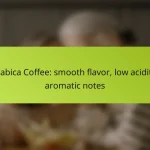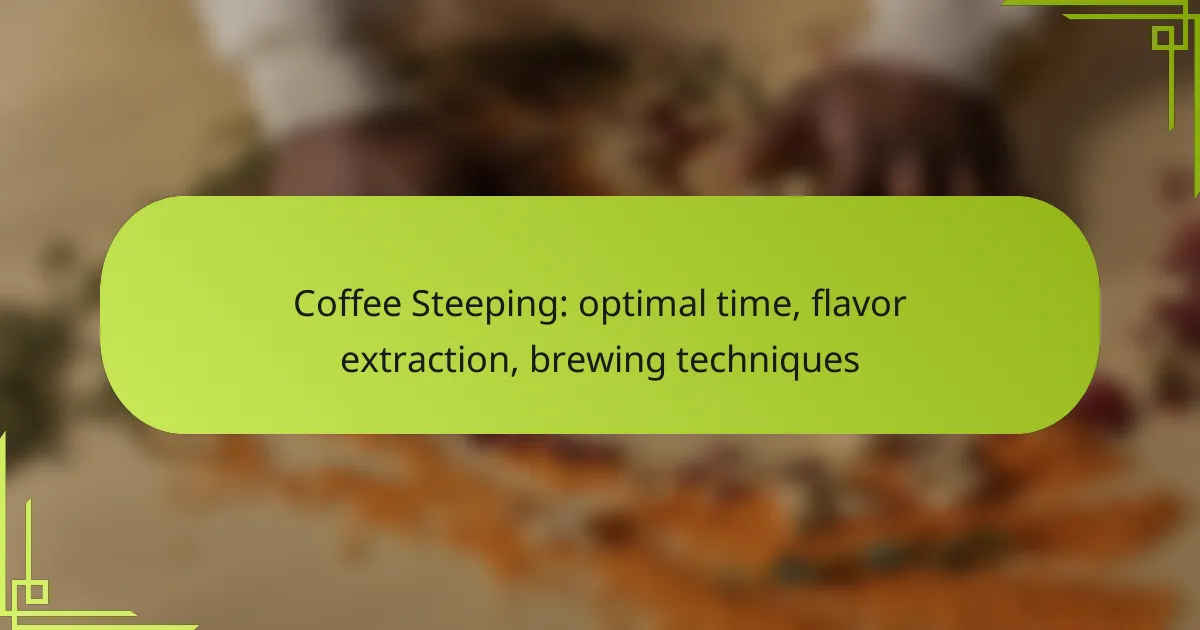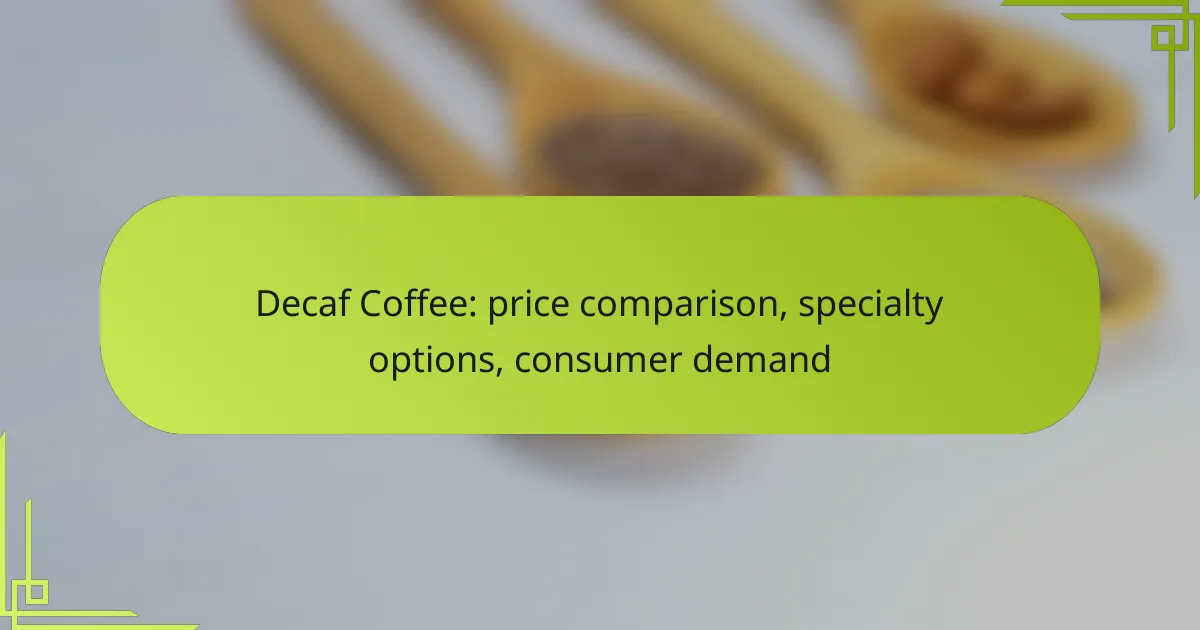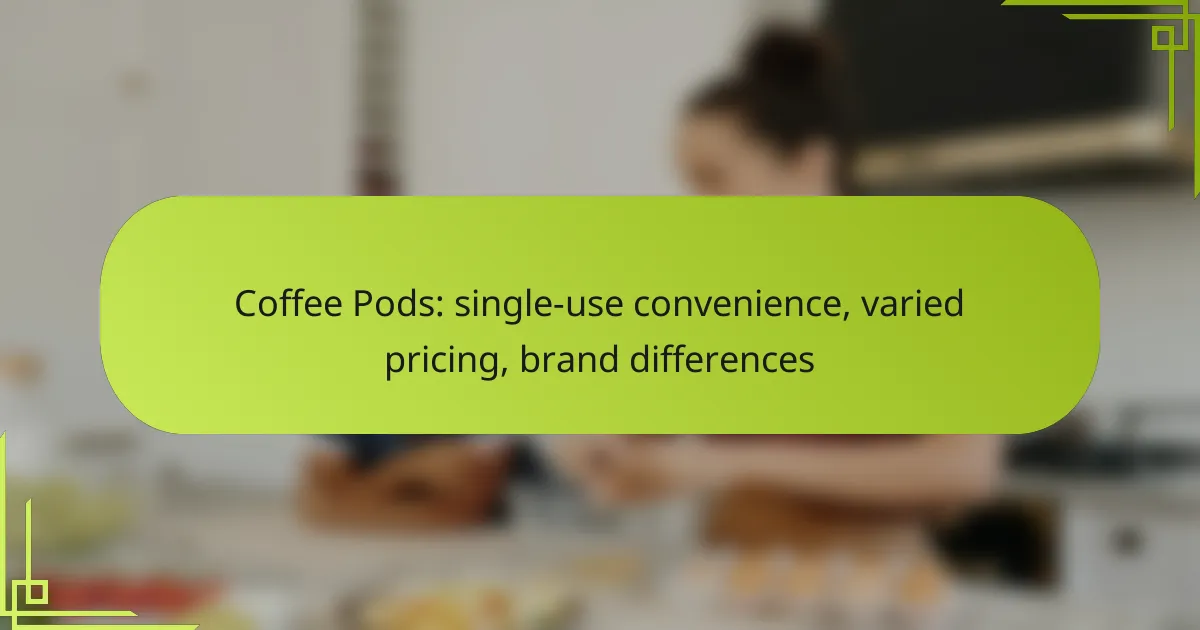Understanding the optimal coffee steeping time is crucial for achieving the perfect brew, as it directly impacts flavor extraction. While longer steeping can enhance certain flavors, it risks introducing bitterness if not carefully monitored. Different brewing techniques cater to various taste preferences, allowing coffee enthusiasts to explore a wide range of flavor profiles.

What is the optimal coffee steeping time for flavor extraction?
The optimal coffee steeping time varies by brewing method, affecting flavor extraction significantly. Generally, longer steeping times can enhance extraction but may also lead to bitterness if overdone.
4 to 5 minutes for French press
For French press brewing, a steeping time of 4 to 5 minutes is ideal. This duration allows for a balanced extraction of oils and flavors from the coffee grounds, resulting in a rich and full-bodied cup.
To achieve the best results, start with coarsely ground coffee and use a coffee-to-water ratio of about 1:15. After steeping, press the plunger down slowly to separate the grounds from the liquid.
3 to 4 minutes for pour-over
When using a pour-over method, aim for a steeping time of 3 to 4 minutes. This timeframe ensures even extraction as water flows through the coffee grounds, enhancing the flavor profile without over-extraction.
Utilize a medium grind and a coffee-to-water ratio of approximately 1:16. Pour the water in a circular motion to saturate the grounds evenly, allowing the coffee to bloom before continuing to pour.
30 seconds to 1 minute for espresso
Espresso requires a much shorter steeping time of 30 seconds to 1 minute. This quick extraction process produces a concentrated shot of coffee, rich in flavor and crema.
Use finely ground coffee with a coffee-to-water ratio of about 1:2. Ensure your espresso machine is properly calibrated for pressure and temperature to achieve optimal extraction within this brief timeframe.
2 to 3 minutes for AeroPress
For AeroPress brewing, a steeping time of 2 to 3 minutes is recommended. This method allows for a versatile extraction, producing a smooth and flavorful cup of coffee.
Start with a medium-fine grind and a coffee-to-water ratio of around 1:15. Experiment with different steeping times within this range to find your preferred flavor intensity, adjusting the pressure applied during the plunge for varying results.

How does steeping time affect coffee flavor?
Steeping time significantly influences coffee flavor by determining the extraction of various compounds. Shorter steeping times tend to highlight acidity, while longer times can lead to increased bitterness, affecting the overall taste profile.
Short steeping enhances acidity
When coffee is steeped for a shorter duration, typically around 2 to 4 minutes, the resulting brew often has a brighter, more acidic flavor. This is because the acids and lighter compounds are extracted more quickly than the heavier, bitter elements. A quick steep is ideal for lighter roasts, which can showcase floral and fruity notes.
To achieve this, consider using a pour-over method or a French press with a short infusion time. Experimenting with different grind sizes can also help accentuate the desired acidity in your cup.
Long steeping increases bitterness
Extending the steeping time beyond 4 minutes, especially up to 8 or more, can lead to a more bitter taste in coffee. This occurs as more tannins and oils are released, which can overwhelm the palate. Darker roasts are particularly susceptible to this, as their inherent bitterness can be amplified with prolonged extraction.
To avoid excessive bitterness, monitor your steeping time closely and consider adjusting the grind size to a coarser setting. This can help mitigate the extraction of unwanted bitter compounds.
Balance of flavors achieved at optimal time
Finding the optimal steeping time, generally between 4 to 6 minutes, allows for a balanced extraction of flavors. This timeframe typically captures the desirable acidity and sweetness while minimizing bitterness. Each coffee variety may require slight adjustments, so it’s beneficial to experiment within this range.
Using a timer can help maintain consistency in your brewing process. Keep notes on your steeping times and results to refine your technique and achieve the perfect cup tailored to your taste preferences.

What are the best brewing techniques for coffee steeping?
The best brewing techniques for coffee steeping depend on the desired flavor profile and characteristics of the coffee. Each method offers unique advantages, allowing for different levels of extraction and taste.
French press for full-bodied flavor
The French press is known for producing a rich and full-bodied cup of coffee. This method involves steeping coarsely ground coffee in hot water for about four minutes before pressing down the plunger to separate the grounds.
To achieve optimal flavor, use a coffee-to-water ratio of approximately 1:15. A common mistake is to steep for too long, which can lead to bitterness, so stick to the recommended time for the best results.
Pour-over for clarity and brightness
Pour-over brewing emphasizes clarity and brightness in the coffee’s flavor. This technique involves pouring hot water over coffee grounds in a filter, allowing for precise control over the brewing time and temperature.
Typically, a steeping time of two to four minutes is ideal. A coffee-to-water ratio of 1:16 works well, but adjustments can be made based on personal taste. Avoid pouring too quickly, as this can lead to uneven extraction.
Cold brew for smoothness and low acidity
Cold brew coffee is characterized by its smoothness and low acidity, making it a popular choice for those sensitive to acidity. This method requires steeping coarsely ground coffee in cold water for an extended period, usually 12 to 24 hours.
For a balanced flavor, use a coffee-to-water ratio of 1:4 to 1:8, depending on how concentrated you prefer your brew. Remember to strain the coffee thoroughly to remove all grounds, as any remaining particles can affect the taste.
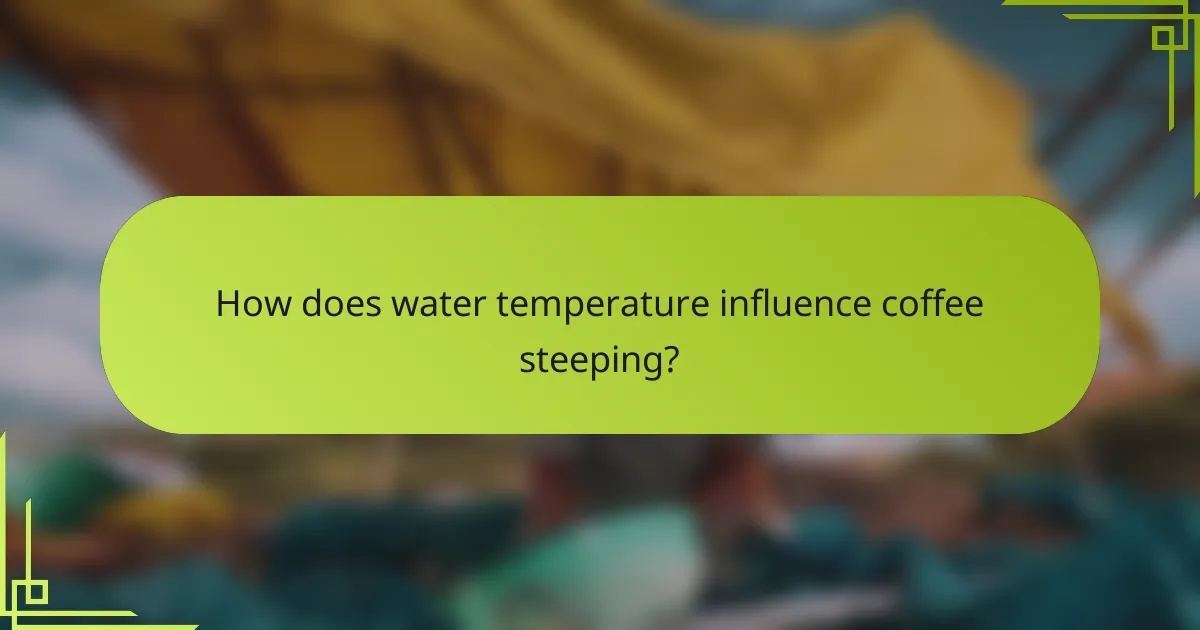
How does water temperature influence coffee steeping?
Water temperature significantly affects coffee steeping by impacting flavor extraction. Higher temperatures generally extract flavors more efficiently, while lower temperatures can lead to under-extraction and a milder taste.
195°F to 205°F for optimal extraction
The ideal water temperature for brewing coffee is typically between 195°F and 205°F (90°C to 96°C). This range allows for optimal extraction of the coffee’s oils and soluble compounds, resulting in a balanced flavor profile.
Brewing at temperatures below 195°F may lead to a sour taste due to under-extraction, while temperatures above 205°F can cause bitterness from over-extraction. A simple rule of thumb is to use a thermometer or let boiling water sit for about 30 seconds to reach the desired range.
Lower temperatures for cold brew
For cold brew coffee, water temperatures are significantly lower, typically around room temperature or even cold water. This method requires a longer steeping time, generally between 12 to 24 hours, to extract flavors effectively.
Using cold water results in a smoother, less acidic taste compared to hot brewing methods. To make cold brew, coarsely grind coffee beans and mix with cold water in a ratio of about 1:4, then steep for the desired time before straining.

What equipment is recommended for different steeping methods?
Choosing the right equipment for coffee steeping can significantly influence flavor and extraction. Each method has its unique advantages and considerations, making it essential to select the right tools based on your brewing preferences.
French press for immersion brewing
The French press is a popular choice for immersion brewing, allowing coffee grounds to steep in hot water for several minutes. This method typically requires coarsely ground coffee and a steeping time of about four to five minutes to achieve a rich, full-bodied flavor.
To use a French press, add coffee grounds to the carafe, pour in hot water, and let it steep. After the desired time, press down the plunger to separate the grounds from the brewed coffee. Avoid steeping for too long, as this can lead to over-extraction and bitterness.
Pour-over dripper for manual brewing
A pour-over dripper offers precise control over the brewing process, making it ideal for those who appreciate a clean and nuanced cup of coffee. This method involves pouring hot water over coffee grounds in a filter, with a typical steeping time of around three to four minutes.
To brew, place the dripper over your cup or carafe, add medium-fine coffee grounds, and slowly pour hot water in a circular motion. This technique allows for even extraction, but be careful not to pour too quickly, as it can lead to uneven flavors.
AeroPress for versatile steeping
The AeroPress is a versatile brewing device that combines immersion and pressure, allowing for a range of coffee styles. It can produce espresso-like coffee or a smoother brew, with steeping times varying from 30 seconds to a couple of minutes, depending on the desired strength.
To use the AeroPress, add coffee grounds to the chamber, pour hot water, and stir. After steeping, press down the plunger to extract the coffee. Experiment with different grind sizes and steeping times to find your preferred flavor profile.

What are the common mistakes in coffee steeping?
Common mistakes in coffee steeping can significantly affect flavor and strength. Key errors include using the wrong grind size and neglecting to measure the coffee-to-water ratio.
Using incorrect grind size
The grind size of coffee beans plays a crucial role in the extraction process. A grind that is too coarse may lead to under-extraction, resulting in a weak flavor, while a grind that is too fine can cause over-extraction, making the coffee taste bitter.
For optimal results, aim for a medium grind for methods like drip brewing, while a finer grind is suitable for espresso. Adjusting the grind size according to your brewing method can enhance the overall taste and aroma of your coffee.
Not measuring coffee-to-water ratio
Failing to measure the coffee-to-water ratio can lead to inconsistent brews. A general guideline is to use about 1 to 2 tablespoons of coffee per 6 ounces of water, depending on your taste preference.
Using a scale can help achieve precision, ensuring that you consistently brew coffee that meets your flavor expectations. Experimenting with different ratios can help you find the perfect balance for your palate, avoiding overly weak or overly strong coffee.
